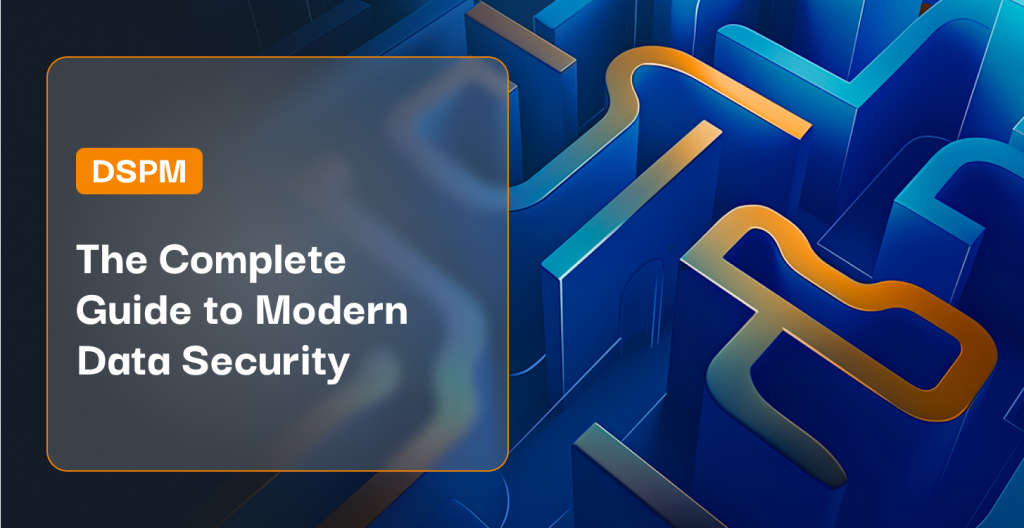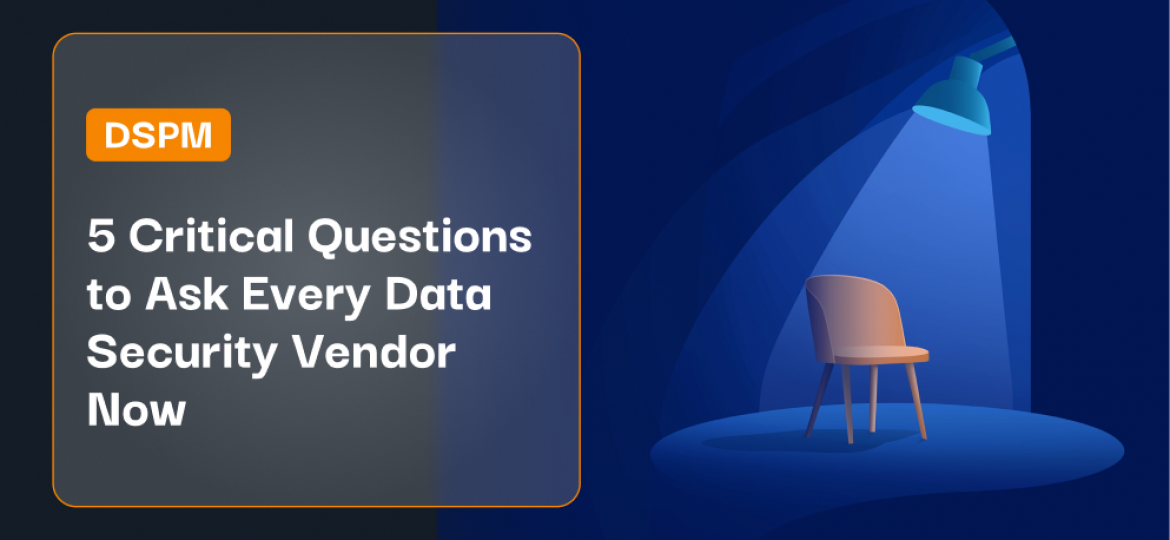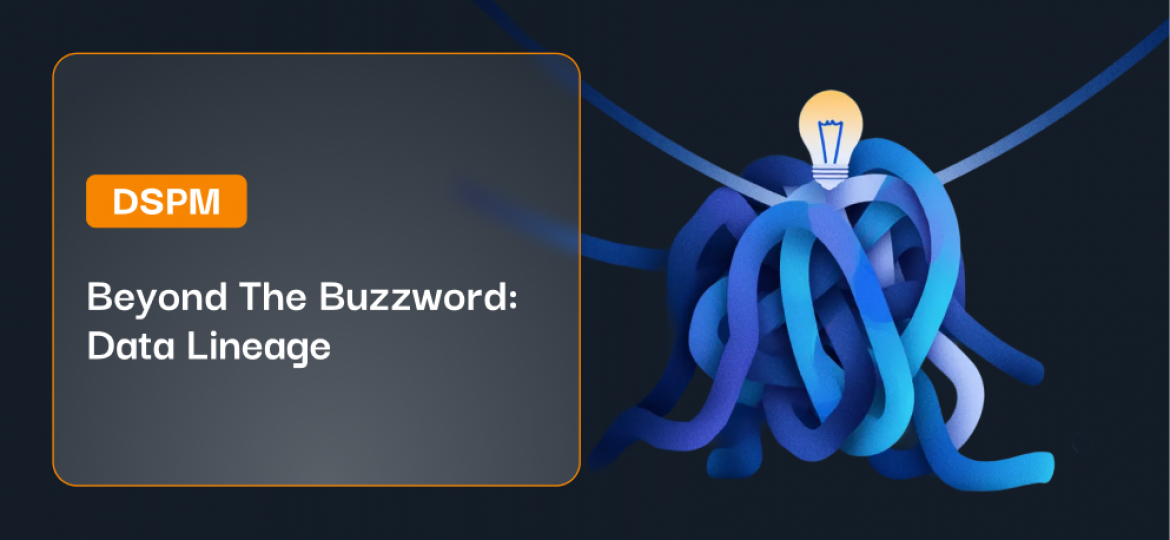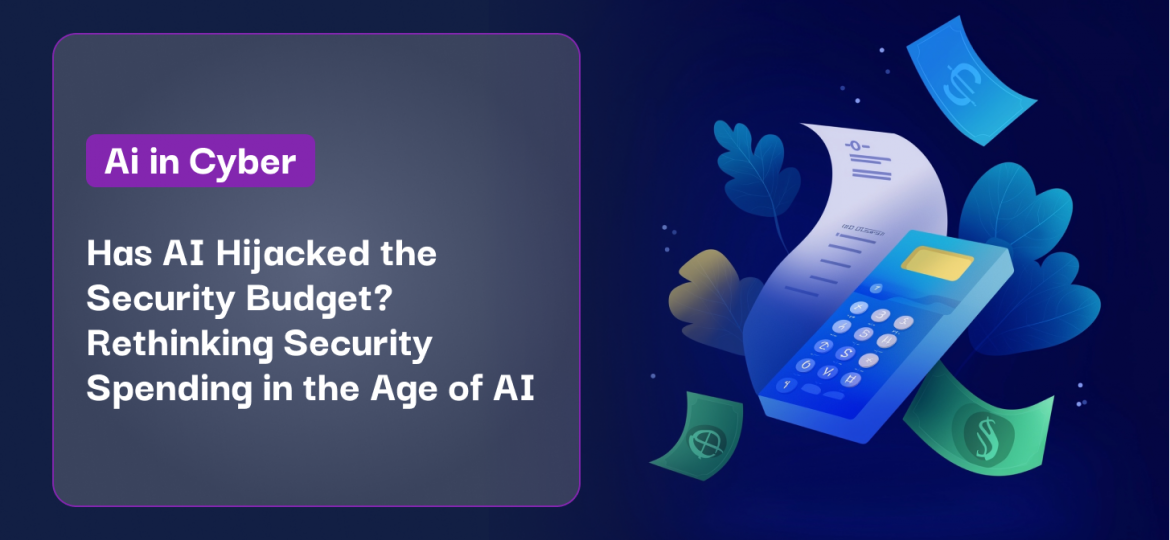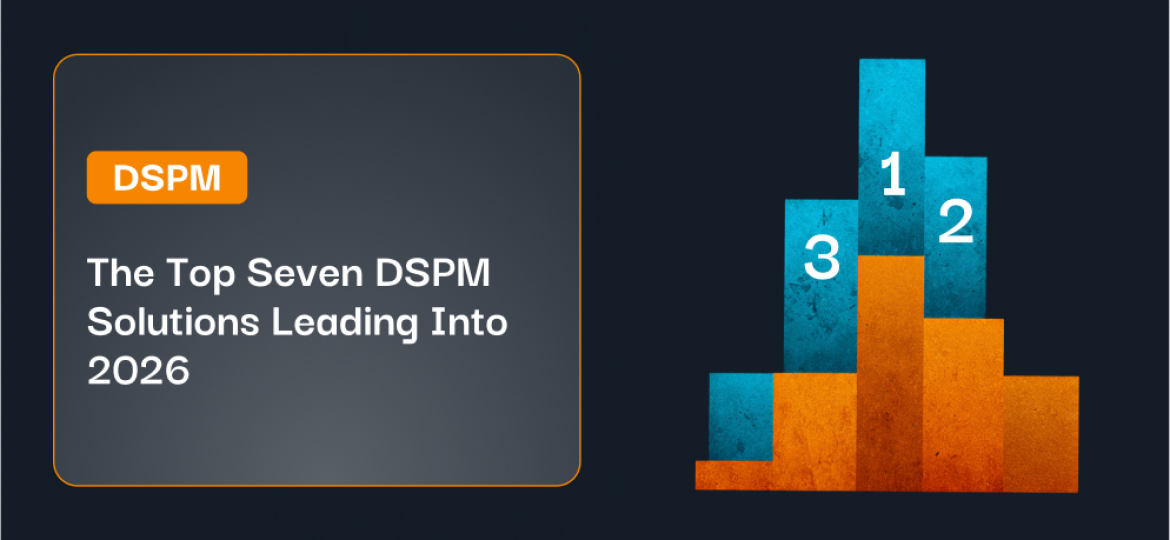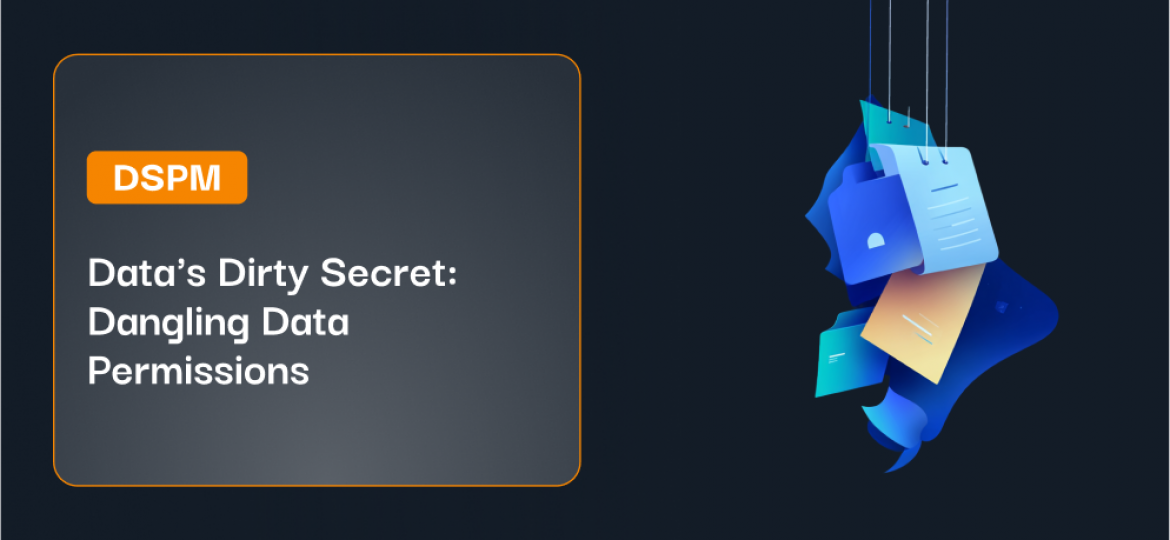The rise of distributed workforces and increasingly sophisticated cyberattacks mean more points of vulnerability for IT security teams to protect than ever before. Fortunately, the practice of data security has grown just as quickly. Whether you’re in an enterprise large or small, the same fundamentals will help keep your business safe, and you can count on state-of-the-art technologies to reduce incidents and minimize the impact of potential breaches.
Jump to a section…
Learn the Basics of Data Security
The Responsible Parties for Data Security Management
The Different Types of Data Storage
Understand Data Security Types
Learn About Data Security Breaches
Potential Ramifications of a Data Breach
Examples of High-Profile Data Security Breaches
Learn How to Design a Data Security Policy
Identify Your Business’ Security Policy Needs
Ensure Compliance with National Standards
Find New Data Security Software Solutions
Get the Right Data Security Systems and Products
Work With Top Data Security Companies
Contact us today to see how Symmetry Systems DataGuard could strengthen your business’ data security.
Learn the Basics of Data Security
Data security refers to the practice of protecting digital information at every stage of its use: when being stored, when being transferred, and when being used. Effective data security measures are important because they shield businesses from external threats as well as internal ones; as Verizon’s 2021 Breach Investigations Report shows, 22% of security incidents originated internally.
The Responsible Parties for Data Security Management
Every member of a business is responsible for protecting their enterprise’s data security. For most employees and partners, this will mean following all stated policies and regulations and reporting any potential issues. For the security team, this means working proactively to eliminate vulnerabilities and to respond to security events.
Breaking out the key roles, an organization’s Chief Information Security Officer is entrusted with designing effective security policies and collaborating with other department leaders.
The Different Types of Data Storage
One of the most crucial aspects of data security is properly managing how your organization’s data is stored. Each approach requires its own special considerations.
- On-premises data storage: This is the traditional standard of data storage, and it means keeping all of your information exclusively on local hardware. While this gives the IT department the most control, it also requires extensive upkeep. Without proper updates, known vulnerabilities could be exploited by bad actors.
- Cloud data storage: Relying exclusively on cloud storage means employees must access the organization’s data solely through a cloud storage provider. The provider is responsible for making sure the data is accessible to the organization and is also protected against threats such as ransomcloud attacks.
- Hybrid data storage: Taking a hybrid approach to data storage means security teams remain responsible for physical data stores in-house, while employees can work more flexibly with public and private cloud storage from anywhere. This approach is becoming increasingly common along with the growth of distributed teams.
Learn more about the fundamentals in our blog post, What is Data Security?
Understand Data Security Types
The day-to-day practice of data security takes several forms across every level of an organization. These are seven of the most common types all professionals in tech or tech-adjacent fields need to know.
- Discovery and classification: You can’t protect your data if you don’t know what it is and where it’s going. Data tagging and traffic visualizations help security teams identify potential vulnerabilities and attacks.
- Encryption: Ensure only the proper users, applications, and devices are granted access to encrypted information via decryption keys.
- Password control: An organization’s data security is only as strong as its login practices. Requiring strong passwords that are regularly updated will seal off many potential attack vectors.
- Identity and access management: IAM allows security teams to monitor digital identities’ access to data.
- Endpoint protection: Traffic moving into and out of an organization’s network is of major concern. Securing endpoints requires identifying and remediating any breaches ASAP, decreasing the chances of attackers causing significant damage.
- Employee education: Training users to implement best practices will secure your organization against social engineering attacks and reduce the chance of sensitive information being misplaced.
- Data loss prevention: Data backups ensure attacks, outages, natural disasters, or accidents will only cause minimal disruption.
Read more about protecting your business in our article, 7 Data Security Types That Tech Professionals Must Understand.
Learn About Data Security Breaches
Data security breaches occur when an organization’s sensitive or critical information is accessed without the organization’s authorization. They’re composed of two related events: first, the security breach that allows an attacker access to the data, and then the data breach when the attacker steals the information. Attackers typically begin by exploring a network or system, intruding past the security perimeter, escalating their network privileges, then transferring the target information into their possession.
Potential Ramifications of a Data Breach
The average cost of a data breach climbed to a 17-year high of $4.24 million in 2021. The losses both monetary and beyond from such incidents can pose major setbacks for a company. Here are some of the potential consequences breached organizations face:
- Public relations crises
- Reputation damage
- Disrupted operations
- Fees and fines
- Material losses
Examples of High-Profile Data Security Breaches
As data sprawls continue to grow, the potential for massive data breaches becomes a common reality. Some of the most prominent recent examples include:
- The SolarWinds breach in 2020 took the form of a malicious user update for a popular piece of network management software, reportedly compromising about 100 companies and 12 government agencies.
- Personal data from more than 530 million Facebook users was stolen in 2019, with the datasets eventually being posted online for free download.
- Security researchers discovered data from more than 100 million Android devices was exposed and unprotected in May 2021, leaving databases full of names, email addresses, and more information vulnerable.
- In June 2021, cybersecurity analytics firm Cognyte leaked 5 billion records from a database meant to inform consumers about third-party breaches.
Improve your understanding of cybersecurity threats with our article, What Is a Data Security Breach?
Learn How to Design a Data Security Policy
The first line of cybersecurity defense for any company is a data security policy. Each company’s needs for a data security policy will vary, with businesses operating in highly regulated fields requiring particular care given the sensitivity of the information they handle. The US Department of Health and Human Services releases regular reports to keep cybersecurity professionals in the healthcare field informed about potential threats.
Identify Your Business’ Security Policy Needs
Your company’s data security policy must account for both general standards for protecting user information as well as specific requirements depending on your industry. For example, Lawyers Mutual of North Carolina has a guide laying out special concerns for attorneys’ data security policies, and the U.S. Department of Health and Human Services issues regular reports about potential cybersecurity concerns in the healthcare field.
Ensure Compliance with National Standards
The National Institute of Standards and Technology (NIST) offers a free framework for companies to use as they establish their data security processes. The framework offers a top-level understanding of cybersecurity best practices, focusing on five main functions: identify, protect, detect, respond, and recover.
Set up your organization’s cybersecurity fundamentals with our guide on How to Design a Data Security Policy.
Find New Data Security Software Solutions
The right data security architecture is an essential component of organizational cybersecurity, especially as annual data compromise numbers continue to climb. These four types of data security software will help protect your business:
- Data security software: Security teams must understand where their assets are and how they flow through IT infrastructure to protect them. One of the top data security solutions is Symmetry Systems DataGuard.
- Data encryption software: Strategic application of data encryption is essential to maintaining a high security profile, but it must remain in balance with productivity needs.
- Password management software: Compromised passwords account for more than 80% of data breaches: a password manager makes it easier for employees to keep their passwords strong and fresh.
- Endpoint protection software: Security teams need to manage an average of 750 endpoints, and endpoint protection tools help lock down attack surfaces more quickly and effectively when necessary.
Find even more recommendations in our rundown of 6 Essential Data Security Software Solutions For Modern Enterprises.
Get the Right Data Security Systems and Products
Businesses can’t rely on the same antivirus and anti-malware software that individuals use to protect themselves. The growth of distributed teams has created tempting new targets for opportunistic hackers, and organizations require multifaceted solutions to keep their data safe. Here are four more types of products to consider.
- Identity and access management: IAM software restricts data and app access to only users who have the proper authorization, using multi-factor authentication, identity federation, and more.
- Discovery and classification: Making data activity visible, whether at rest or moving through a network, allows IT professionals to better secure sensitive data at scale in massive networks.
- Employee education: Research shows that 88% of cybersecurity breaches were caused by human error. Making sure every employee knows general best practices and your company’s data security policy is essential.
- Data loss prevention and backup software: DLP measures can mean the difference between an attack, outage, or natural disaster being a bump in the road or shutting down a business for good.
See more ways to protect your organization with our guide to 7 Data Security Systems & Products Driving Value for Modern Businesses.
Work With Top Data Security Companies
Data is an invaluable part of any organization’s operations, and businesses rely on data security companies to help protect their assets. Here are 5 of the top data security companies any security team should be familiar with:
- Data security posture management vendor: Symmetry Systems DataGuard takes a data-centric approach to the emerging category of data security posture management, helping security teams mitigate risks across their organization’s entire operating environment.
- Top identity and access management (IAM) vendor: ForgeRock offers an enterprise-grade IAM platform, helping ensure everyone in your organization has access to the apps and data they need while eliminating vulnerabilities.
- Top data encryption vendor: Tresorit is an end-to-end encrypted productivity platform built for distributed workforces, using a zero-knowledge approach to maximize data privacy.
- Top password management vendor: LastPass offers a streamlined admin hub, 2FA, dark web monitoring, and more to make good password hygiene easier for employees.
- Top endpoint protection vendors: Crowdstrike’s Falcon Insight continuously provides organizations with direct line of sight across all of their endpoints, helping security teams spot suspicious activity early.
- Top data loss prevention and backup vendors: Druva gives security teams a central command center, real-time sync, disaster recovery, and remote backup, with a platform compatible across IT environments.
Find more vendors across each category in our introduction to 11 Data Security Companies Driving Value For Modern Enterprises.
As connected workplaces expand and more bad actors see the potential for a payday, data security becomes even more indisposable. Fortunately, companies don’t need to secure their networks on their own. At Symmetry Systems, we work with cloud security teams using an evidence-based approach that tracks sensitive data across its entire lifecycle on your network. To learn more about how Symmetry DataGuard can protect your hybrid cloud environment, contact us today.

